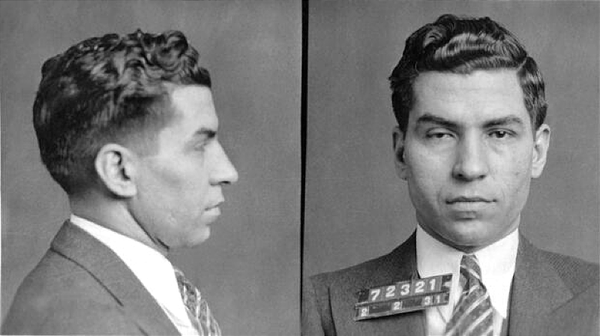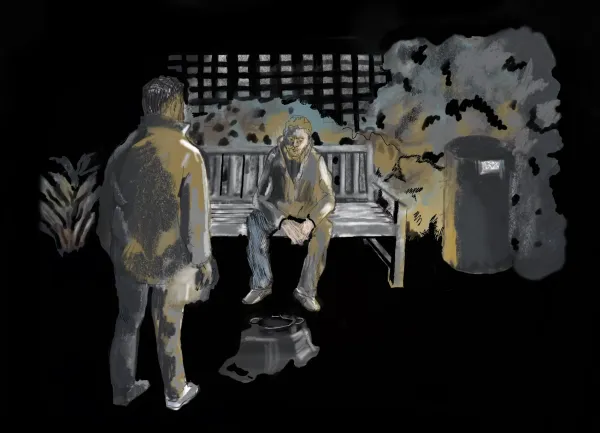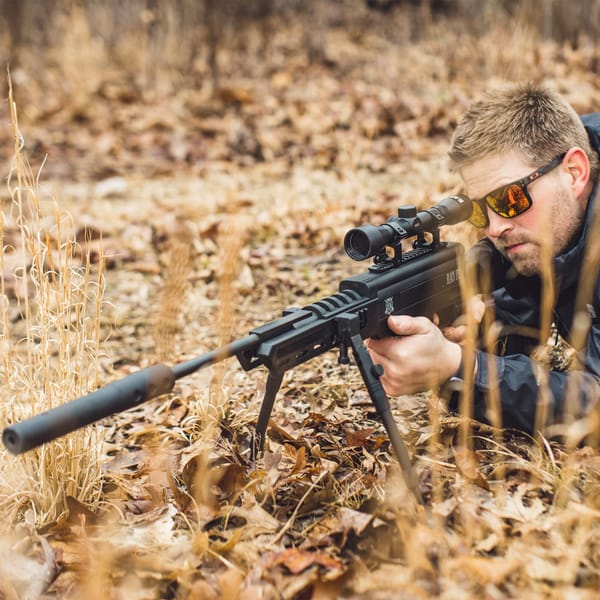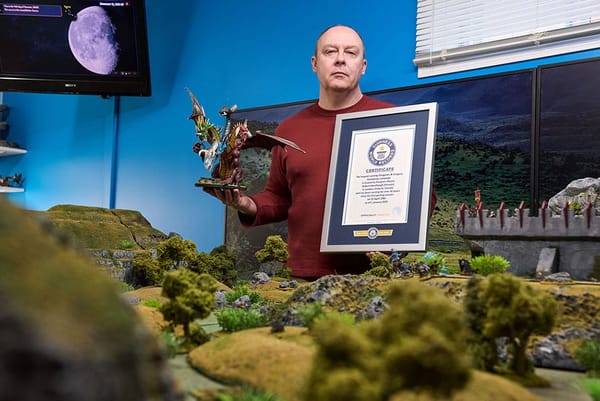Kareem Abdul-Jabbar trained in martial arts with Bruce Lee
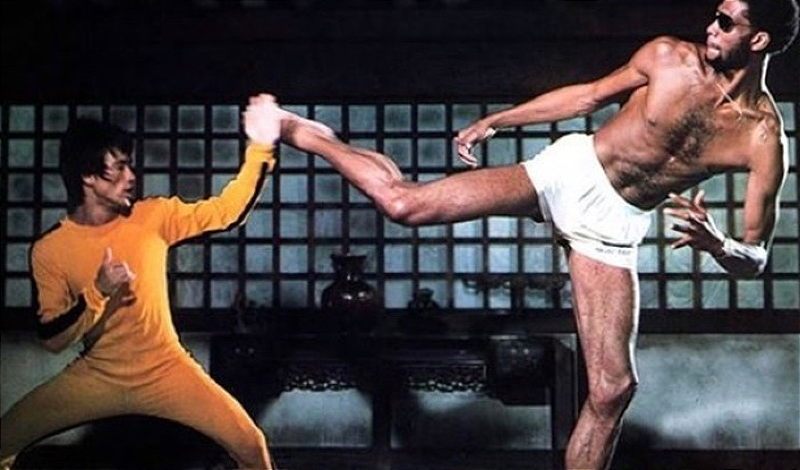
From LitHub: "When Bruce Lee met Kareem Abdul-Jabbar, a month after the 1968 national college basketball championship, he was still known as Lew Alcindor, the most hyped young basketball star in history. Weeks after the 1967 championship, the NCAA banned the dunk — in what became known as the “Alcindor rule” — an effort he believed was racist. One night after watching a Zatoichi flick, he was struck by the idea that the blind swordsman’s grace, control, and precision might be exactly what he needed. Instead of brute force, he thought, I will slide and roll and slip by them without fouling. In New York City, Alcindor started training in aikido. That fall Alcindor visited the Black Belt offices to meet a fellow aikido adept, Mito Uyehara, and ask him if he knew someone with whom he could continue his martial arts training. Alcindor had become especially curious about tai chi. “This guy Bruce Lee—he’s really good at it,” Mito told him. “He knows more about those things than I do.”
Wine experts can tell fake wines apart from the real thing because of the atomic bomb
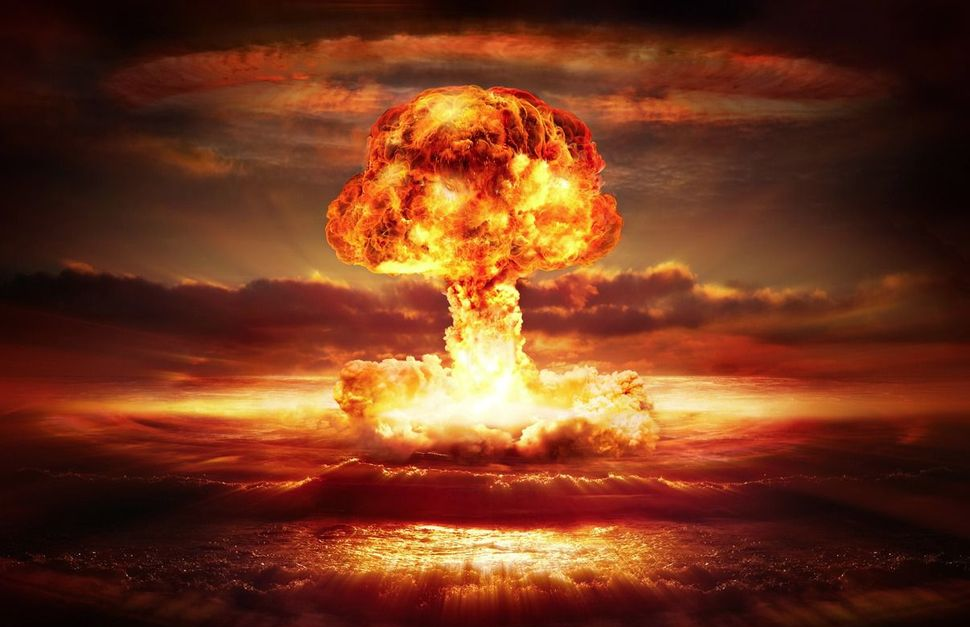
From the Kitchen Sisters: "In a laboratory, deep under a mile high stretch of the Alps on the French-Italian border, Philippe Hubert, a physicist at the University of Bordeaux, tests a suspect bottle of wine.“I put the bottle close to the detector. Then I close the shielding and we start to record the gamma rays," says Hubert. "We are looking for radioactivity in the wine. Most of the time the collectors send me bottles of wine because they want to know if it is fake or not.” What Hubert is looking for is the radioactive isotope cesium-137, which doesn't exist in nature but was produced by the dropping of the atomic bombs on Hiroshima and Nagasaki, and by the Cold War nuclear tests done by both the US and Russia. The accident at the Chernobyl nuclear reactor also released a lot of cesium-137. “It is in the atmosphere,” says Hubert. “And with rain this radioactivity falls on the grapes. When you make the wine this comes into the wine.”
For over a hundred years the most popular version of Romeo & Juliet was an edited version
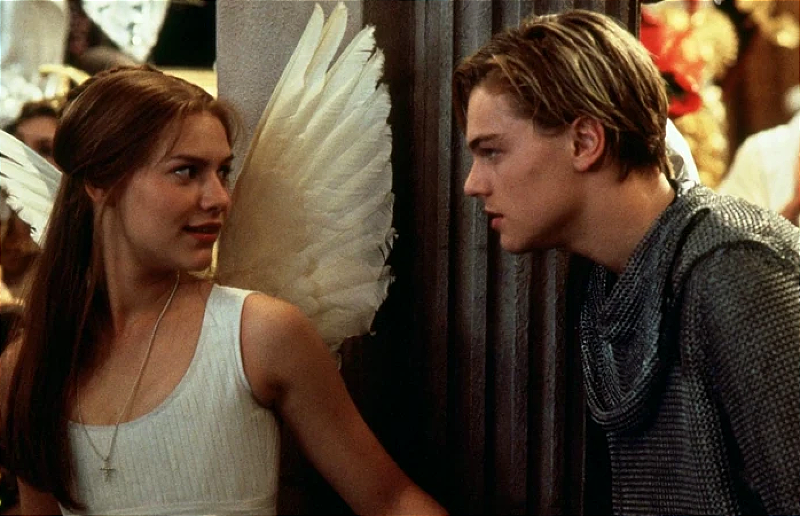
From the Library of Congress: "The Rare Book and Special Collections Division holds no fewer than seven printings of Shakespeare’s Romeo and Juliet that include an added deathbed conversationin the play’s final scene. The first authorized, complete edition of Romeo and Juliet was published in 1599. By 1769, a new version of Romeo and Juliet — “as it is performed at the Theatre-Royal in Drury Lane” — had become popular. Published with alterations to the text made by an actor/director named David Garrick and first staged in 1748, this edition eliminates references to Rosaline, reduces the role of Mercutio and, most notably, adds a 67-line final conversation between Romeo and Juliet. Juliet wakes up after Romeo takes the poison but before he dies and the lovers share a melodramatic final conversation, then Romeo dies in Juliet’s arms."
Hi everyone! Mathew Ingram here. I am able to continue writing this newsletter in part because of your financial help and support, which you can do either through my Patreon or by upgrading your subscription to a monthly contribution. I enjoy gathering all of these links and sharing them with you, but it does take time, and your support makes it possible for me to do that. I also write a weekly newsletter of technology analysis called The Torment Nexus.
Bowling alleys played a crucial role in the emancipation of women in the 1800s
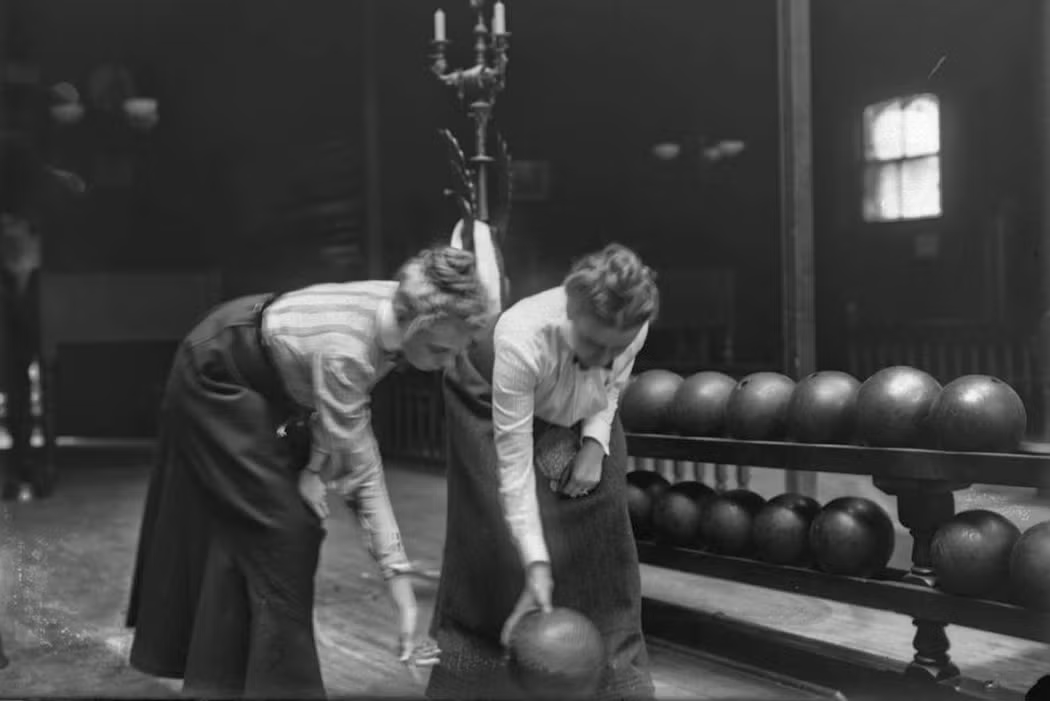
From JSTOR Daily: "What may surprise you about bowling is that it’s been a vehicle for social change and equality movements throughout American history, both in the fight against racism in sport and in the arena of women’s rights. Public historian Erika Janik explains that by the mid-1800s, ninepin bowling had become wildly popular, and though “many wealthy men — and a few women — bowled in private clubs or estate lanes, bowling was most closely tied to working-class immigrants, chiefly men,” many of whom were distinctly against the advancement of women’s rights. Even so, women were instrumental to bowling’s development as a popular pursuit. In the late nineteenth and early twentieth centuries, when (white) women like Daisy Clark went to bowl in public, they were pushing at social conventions. Even if women bowled in long skirts and high collars, there was a sense that they were out of place at the alley.”
An Arabic poem helped scientists gather new information about a 12th-century supernova
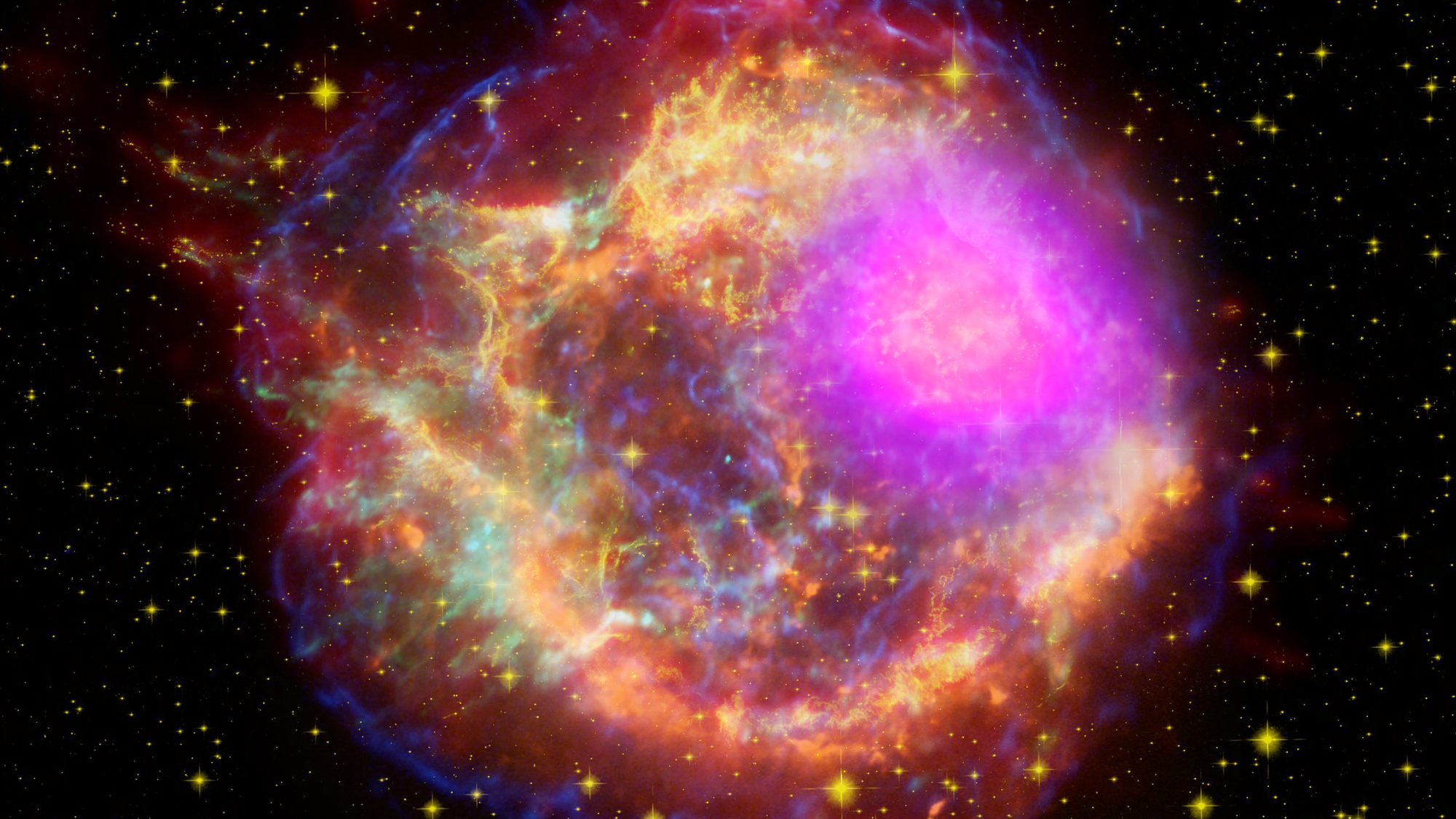
From La Brujula Verde: "In a time without telescopes, the appearance of a new star in the night sky was a disconcerting event full of meaning. Today, those same historical records, meticulously noted by chroniclers and poets, have become key pieces for modern astronomers to decipher the nature of stellar explosions that occurred centuries ago. A recent study, published in the journal Astronomische Nachrichten, has discovered two new testimonies in the Arabic language that document two of these phenomena, the supernovae of the years 1181 and 1006, and provide independent and valuable data to identify the remnants that these colossal explosions left. While calculating the age of a supernova by purely astrophysical methods carries a margin of error of thousands of years, historical records can date the explosion with a precision of days. This allows the study of the evolution of these remnants with unmatched accuracy."
Ways to keep cars from driving through crosswalks
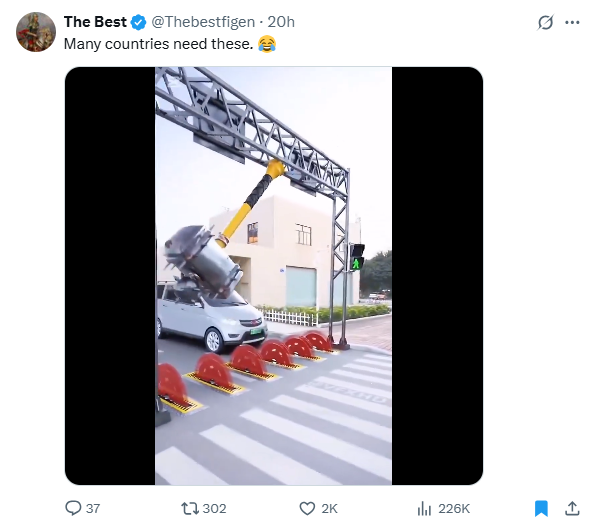
Acknowledgements: I find a lot of these links myself, but I also get some from other newsletters that I rely on as "serendipity engines," such as The Morning News from Rosecrans Baldwin and Andrew Womack, Jodi Ettenberg's Curious About Everything, Dan Lewis's Now I Know, Robert Cottrell and Caroline Crampton's The Browser, Clive Thompson's Linkfest, Noah Brier and Colin Nagy's Why Is This Interesting, Maria Popova's The Marginalian, Sheehan Quirke AKA The Cultural Tutor, the Smithsonian magazine, and JSTOR Daily. If you come across something interesting that you think should be included here, please feel free to email me at mathew @ mathewingram dot com
